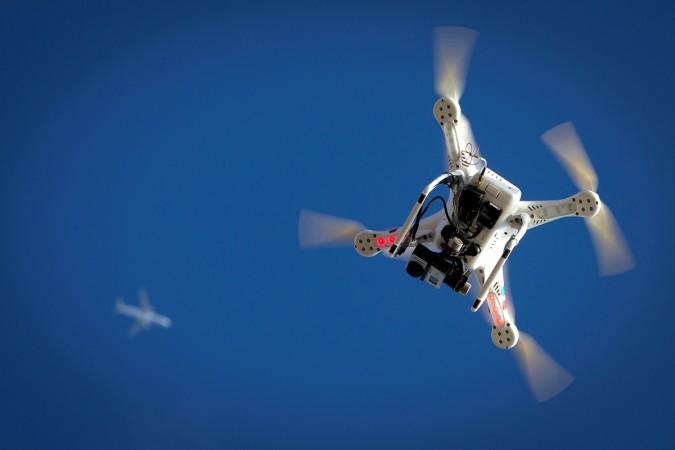The Civil Aviation Ministry on Thursday released the Draft Drone Rules, 2021 for public comment and the deadline to submit public comments is August 5, 2021. As per the final draft guidelines prepared by the Directorate General of Civil Aviation, the Unmanned Aerial System (UAS), also known as drones, will require unique identifying numbers (DGCA).
The revised draft gives no protection for people's privacy against the arbitrary deployment of drones and the collecting of their biometric data by law enforcement agencies, as compared to the rules announced in March.
The latest draft comes as a welcome relief to the drone sector, which had expressed dissatisfaction with the March standards, claiming that compliance was nearly impossible. The revised draft intends to address many of these concerns and takes a significantly more liberal attitude towards corporations in general.

Major highlights of the draft
- The weight limit for drones covered by the Drone Rules for 2021 has been increased from 300 to 500 kilogrammes. This will also apply to drone taxis.
- For cargo deliveries, dedicated drone corridors will be constructed.
- Approvals are no longer required, such as a unique authorisation number, a unique prototype identification number, a certificate of conformance, a certificate of maintenance, import clearance, acceptance of existing drones, an operator permit, an authorisation of a research and development organisation, a student remote pilot licence, a remote pilot instructor authorisation, a drone port authorisation, and so on.
- In the future, safety features such as 'No permission – no take-off' (NPNT), real-time tracking beacons, geofencing, and others will be notified. Compliance will be given a six-month advance time.
- Microdrones (for non-commercial use), nano drones, and R&D organisations do not require a pilot licence.

Reuters - Drone activities by foreign-owned enterprises registered in India are not restricted.
- The digital sky platform will be designed as a user-friendly single-window online solution for businesses.
- The digital sky platform will have a minimum human interface and most permissions will be self-generated.
- On the digital sky platform, an interactive airspace map with green, yellow, and red zones will be presented.
- The yellow zone around the airport has been decreased from 45 km to 12 km.
- There is no need for flight permission up to 400 feet in green zones and up to 200 feet between 8 and 12 kilometres from the airport.











!['Lip lock, pressure, pyaar': Vidya Balan- Pratik Gandhi shine in non-judgmental infidelity romcom Do Aur Do Pyaar [ Review]](https://data1.ibtimes.co.in/en/full/797104/lip-lock-pressure-pyaar-vidya-balan-pratik-gandhi-shine-non-judgmental-infidelity-romcom.jpg?w=220&h=138)






